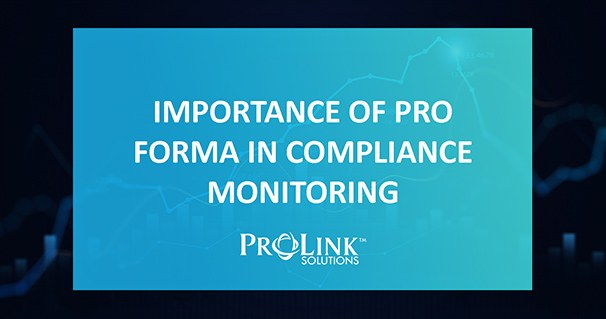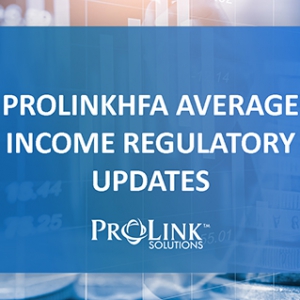Importance of Pro Forma in Compliance Monitoring
Using pro forma data for compliance monitoring of Low-Income Housing Tax Credit (LIHTC) projects is not only beneficial but also essential for government agencies involved in administering the LIHTC program. Here’s are several reasons why government agencies should use pro forma data for compliance monitoring of LIHTC projects:
- Regulatory Requirements: LIHTC projects are subject to a complex set of regulations and requirements imposed by the Internal Revenue Service (IRS) and state housing agencies. Pro forma data can serve as a benchmark for compliance with these regulations. Monitoring actual project performance against the pro forma ensures adherence to these requirements.
- Income and Rent Restrictions: Pro forma data typically includes projections of tenant income levels and rent restrictions, which are critical aspects of LIHTC compliance. Monitoring actual tenant income and rent levels against these projections helps ensure that the project continues to meet the income limits and affordability standards required by the LIHTC program.
- Tenant Eligibility: LIHTC projects are required to certify tenant eligibility based on income. Pro forma data can include estimates of tenant eligibility criteria and the number of eligible tenants. Agencies can use this information to verify that tenants occupying the units meet the eligibility criteria.
- Operating Costs: Pro forma data includes estimates of operating costs for LIHTC projects. Monitoring actual operating costs against these projections is crucial for ensuring that the project remains financially viable and that operational expenses are within allowable limits.
- Compliance Reporting: Pro forma data provides a structured basis for compliance reporting. Government agencies can use this data to track and report on whether LIHTC projects are meeting their compliance obligations, which is essential for transparency and accountability.
- Timely Intervention: Regularly comparing actual performance to pro forma projections allows government agencies to detect compliance issues early. This enables timely intervention and corrective actions to address any deviations from regulatory requirements.
- Data-Driven Decision-Making: Pro forma data facilitates data-driven decision-making in compliance monitoring. Agencies can use this data to determine whether projects continue to meet LIHTC requirements, whether adjustments are needed, or whether penalties or incentives should be applied based on compliance performance.
- Risk Mitigation: Monitoring pro forma data for compliance helps agencies identify and mitigate financial and operational risks that could jeopardize the project’s eligibility for LIHTC benefits or its long-term financial sustainability.
- Alignment with Policy Goals: Pro forma data allows government agencies to ensure that LIHTC projects align with their policy objectives related to affordable housing, community development, and social welfare.
- Resource Allocation: Government agencies have limited resources for administering LIHTC programs. Pro forma data assists agencies in making informed decisions about the allocation of resources to projects that demonstrate compliance and effectiveness.
Using pro forma data for compliance monitoring of LIHTC projects is essential for ensuring that these projects fulfill their obligations under the LIHTC program. It promotes transparency, accountability, and the efficient use of government resources while helping to maintain the affordability and impact of LIHTC-assisted housing. ProLinkHFA allows our agency clients to import pro forma data from an application with the click of a button, automatically saving each year’s pro forma to be benchmarked against budget and actual results, improving asset management and compliance monitoring for all affordable housing properties.







Leave a Reply
Want to join the discussion?Feel free to contribute!